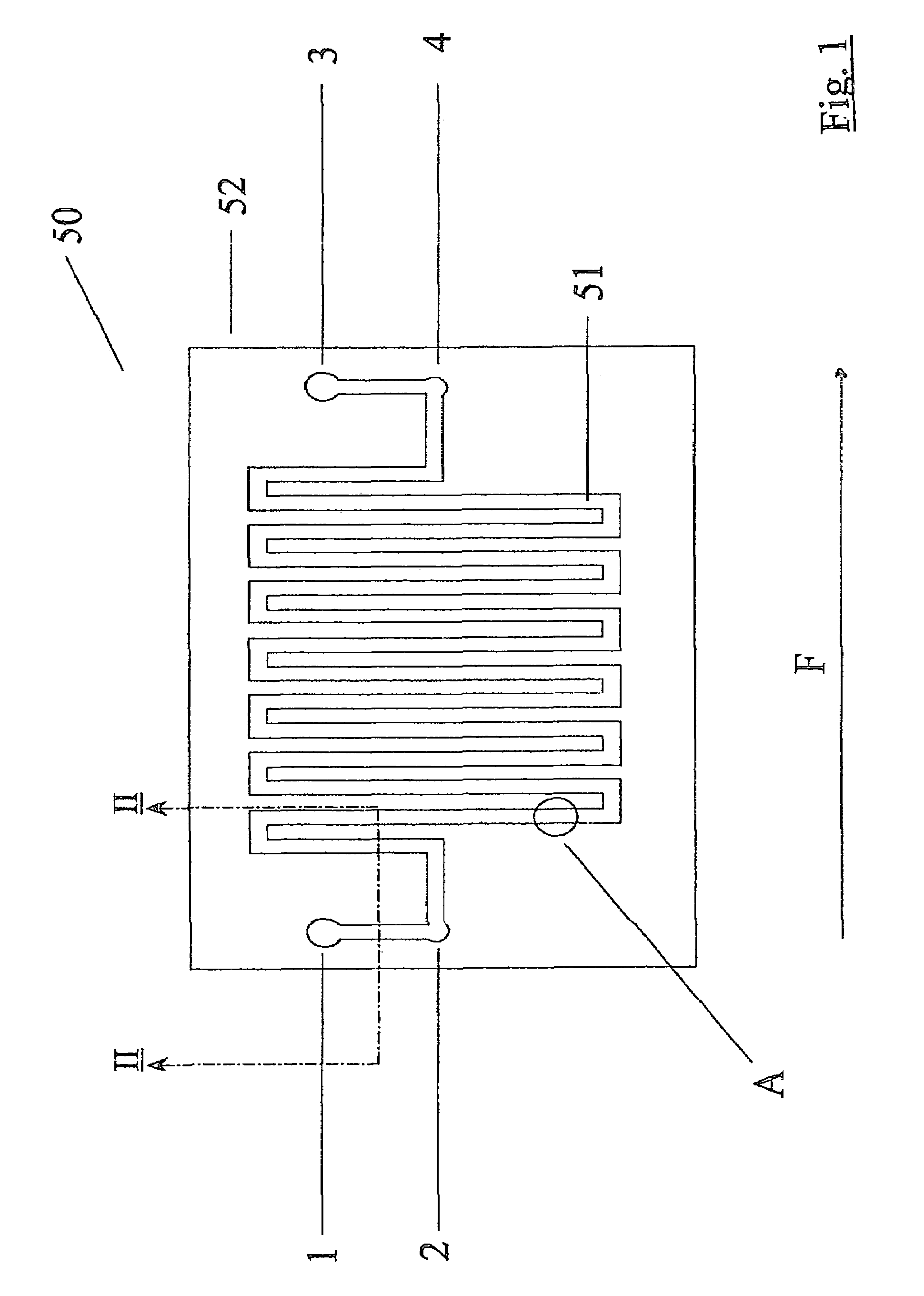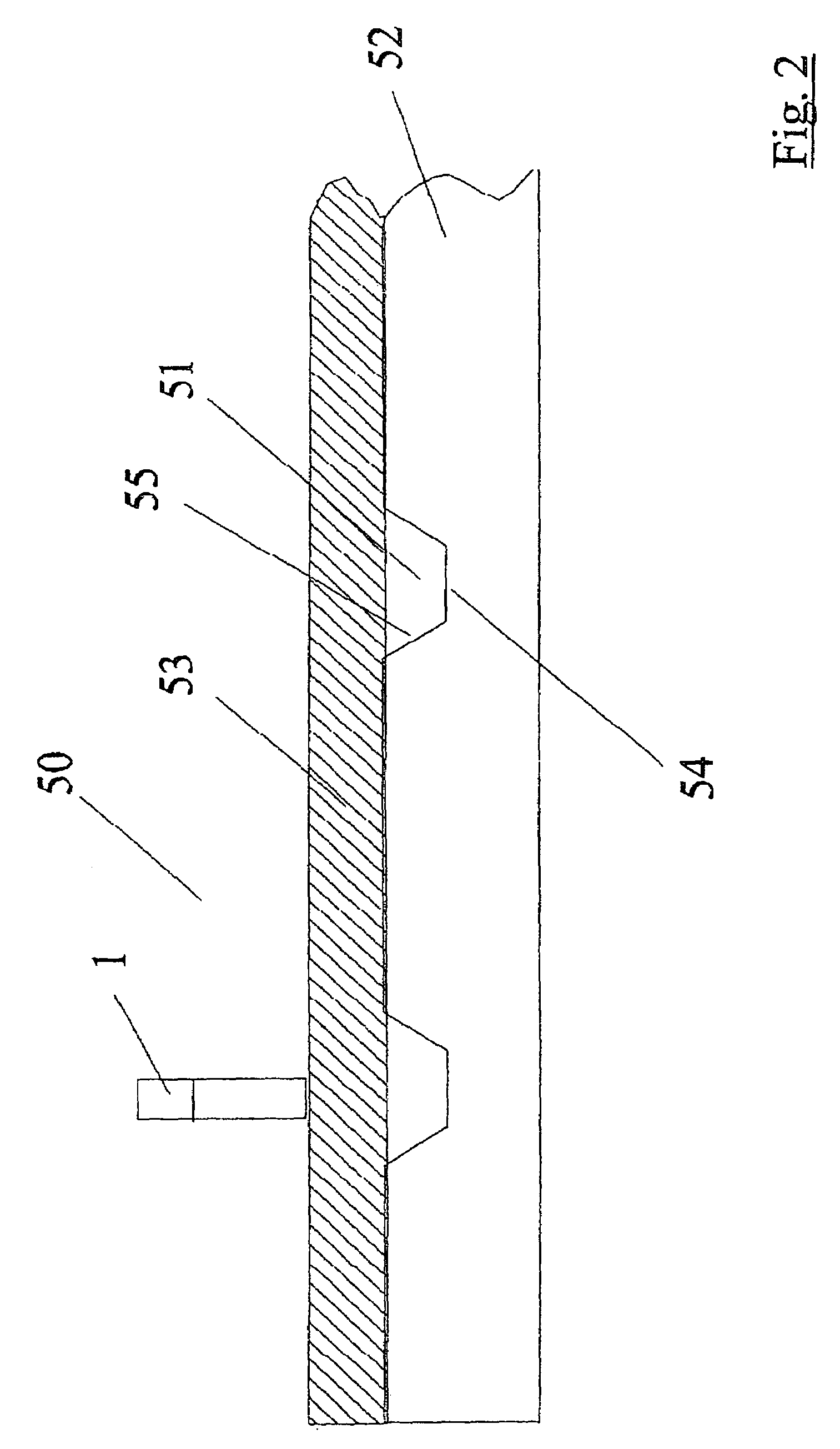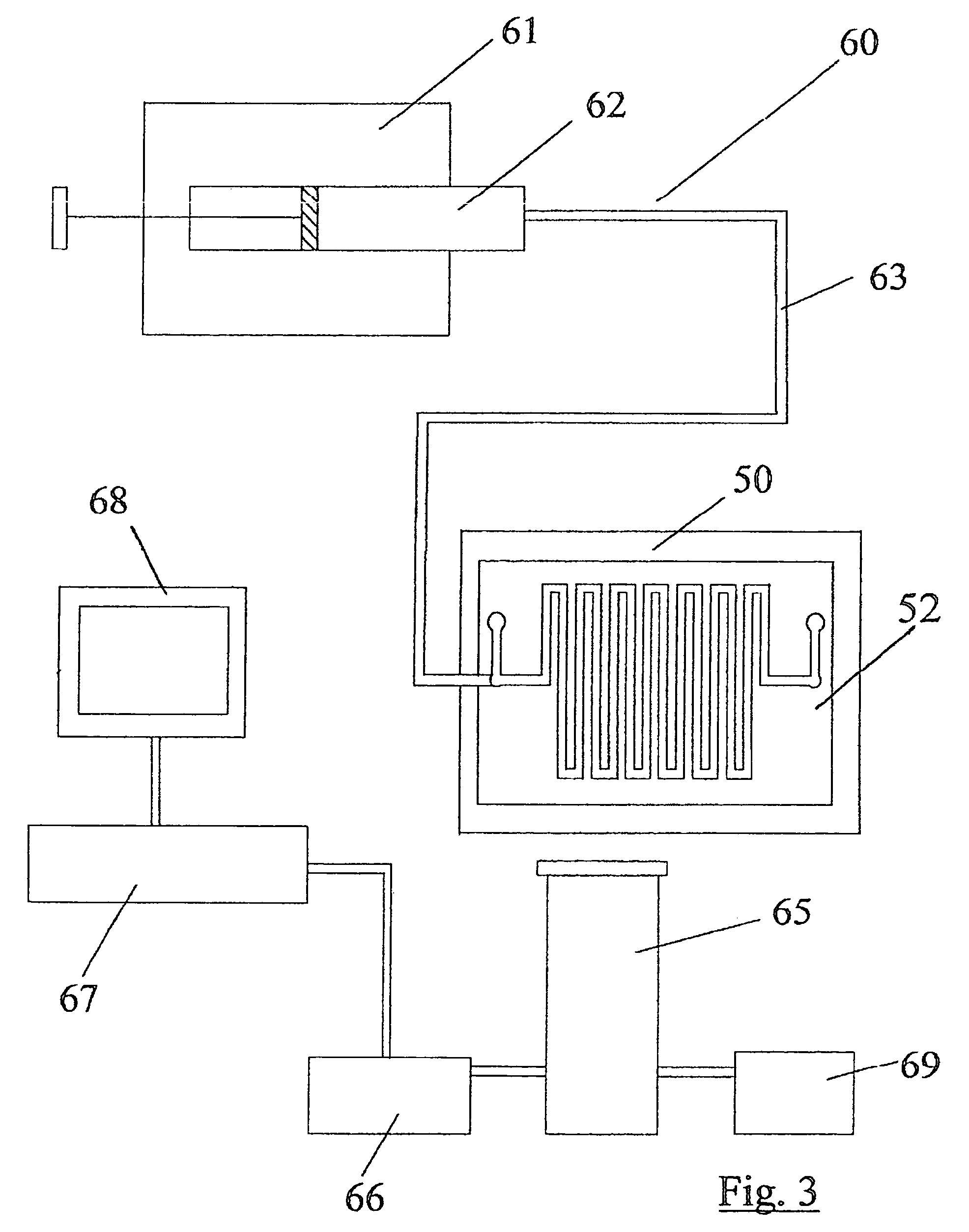Method of assaying cellular adhesion with a coated biochip
a biochip and cell adhesion technology, applied in the field of biological assay and biological assay equipment, can solve the problems of difficult monitoring and recording, difficult observation of biological transmigration through the micropore, and incongruous geometries
- Summary
- Abstract
- Description
- Claims
- Application Information
AI Technical Summary
Benefits of technology
Problems solved by technology
Method used
Image
Examples
Embodiment Construction
[0071]In the drawings, there are described many micro-fabricated biochips having a plurality of ports which it would be very confusing to identify by different reference numerals in the drawings of each microchip or biochip. Thus, all the ports in the drawings are identified by the reference numerals 1 to 40. Accordingly, in certain circumstances, an outlet port will be identified by the reference numeral 4 and in another embodiment, it may be an inlet port. However, for clarity in viewing the drawings, this scheme of identification has been adopted.
[0072]Referring to FIGS. 1 and 2, there is illustrated a biochip, indicated generally by the reference numeral 50 comprising a microchannel 51 formed in a base sheet 52. The microchannel 51 comprises a top wall 53 formed from plastics film and has a planar bottom wall 54 and tapering side walls 55 which taper outwardly away from the bottom wall 54. A fluid inlet port 1 is illustrated in FIG. 2. The biochips 50 are fabricated using standa...
PUM
 Login to View More
Login to View More Abstract
Description
Claims
Application Information
 Login to View More
Login to View More - R&D
- Intellectual Property
- Life Sciences
- Materials
- Tech Scout
- Unparalleled Data Quality
- Higher Quality Content
- 60% Fewer Hallucinations
Browse by: Latest US Patents, China's latest patents, Technical Efficacy Thesaurus, Application Domain, Technology Topic, Popular Technical Reports.
© 2025 PatSnap. All rights reserved.Legal|Privacy policy|Modern Slavery Act Transparency Statement|Sitemap|About US| Contact US: help@patsnap.com



